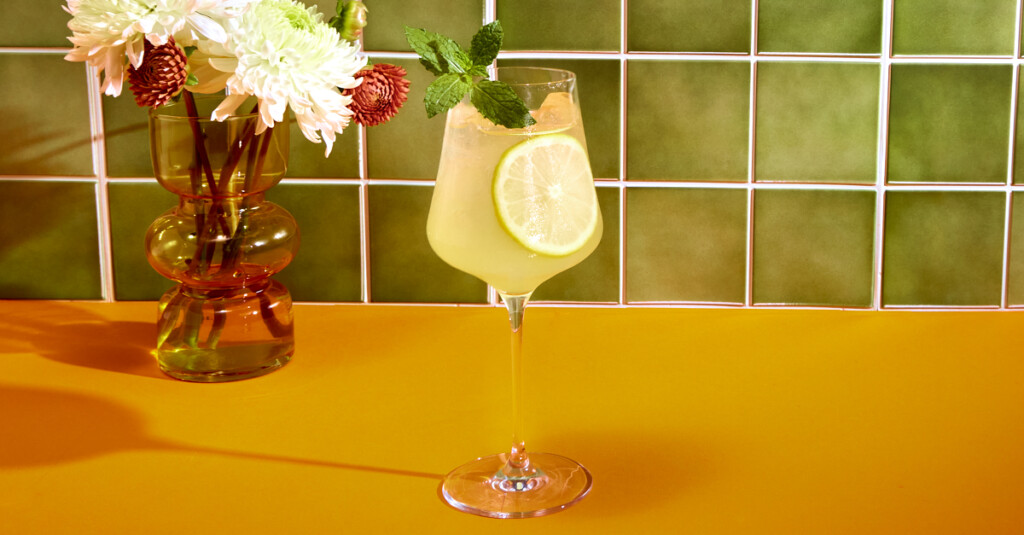The Story Behind The The Amalfi Spritz
Limoncello is typically served as a post-meal treat, but there’s no hard-and-fast rule saying it has to be. With just a few additional ingredients, the digestivo can evolve into a bubbly aperitivo known as the Amalfi Spritz.
Like the Hugo Spritz, this summery cocktail (sometimes known as the Limoncello Spritz) is a more modern invention within the spritz lexicon. While it’s been alleged that Campania-based lemon farmer Salvatore Aceto created the drink in 2005, that theory is up for debate. The drink’s star liqueur also bears somewhat hazy origins: according to Italian trade group Federvini, Capri resident Maria Antonia Farace allegedly created the first limoncello in the early 1900s and was known to serve it to her guests. Her recipe eventually made it into the hands of her great-grandson Massimo Canale, who registered the first trademark for limoncello in 1988. Other sources point to Sicily or the Amalfi Coast as the liqueur’s birthplace, and some even surmise that it was invented by monks or fishermen well before the 1900s. Regardless of where it came from, traditional limoncello is made from the peels of Femminello St. Teresa lemons (a.k.a. Sorrento or Sfusato lemons) which are twice the size of standard lemons and lean more sweet. That said, limoncello is fairly simple to make at home, even without the right citrus. All you need is a bottle of a neutral spirit, some sugar, water, and, of course, lemons.
The Amalfi Spritz is even easier to put together. The recipe below employs the standard 3-2-1 spritz formula, but feel free to dial back the limoncello if the drink is too lemon-forward for your liking. Keep in mind that limoncello typically clocks in at about 30 percent ABV, so this spritz packs a pleasant punch.



